"Struggling for a Seat", also known as "On the Seat" and "Shooting a Book with Guo Pu", is a masterpiece of Yan Zhenqing's cursive script. In the second year of Tang Guangde (764 AD), Yan Zhenqing wrote a letter manuscript to Guo Yingyi, the king of Dingxiang. In cursive script, there are seven pieces of paper, about 64 lines in ancient times.
"Scramble for Seats" and Yan's "Manuscripts for Sacrificing Nephew" and "Manuscripts for Sacrificing Uncle" are collectively referred to as "Three Drafts of Yan Book". Together with Wang Xizhi's "Lanting Preface", it is called "Shuangbi in Xingshu". This manuscript is written and written, vigorous and elegant, and is treasured by the world.
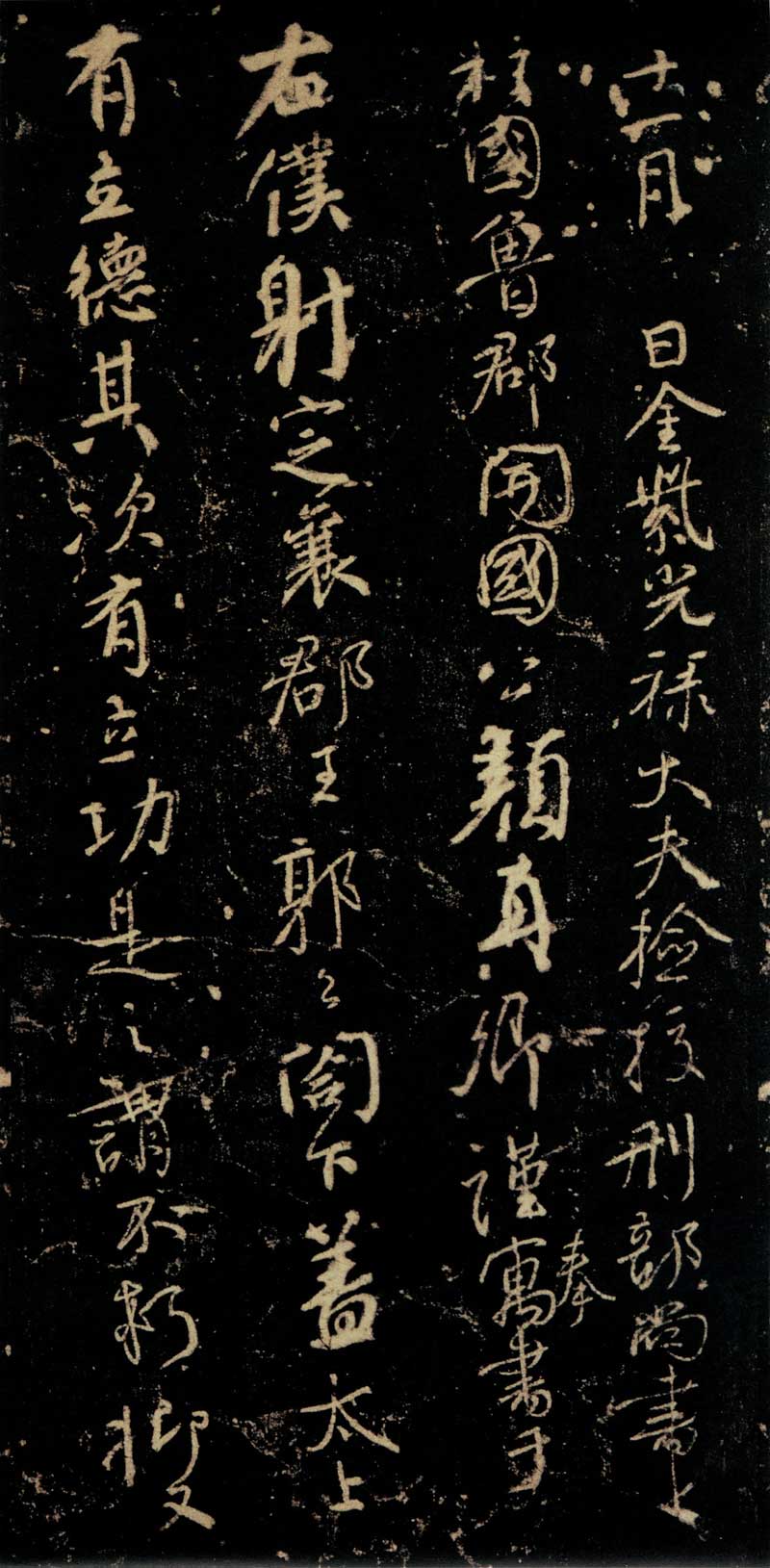
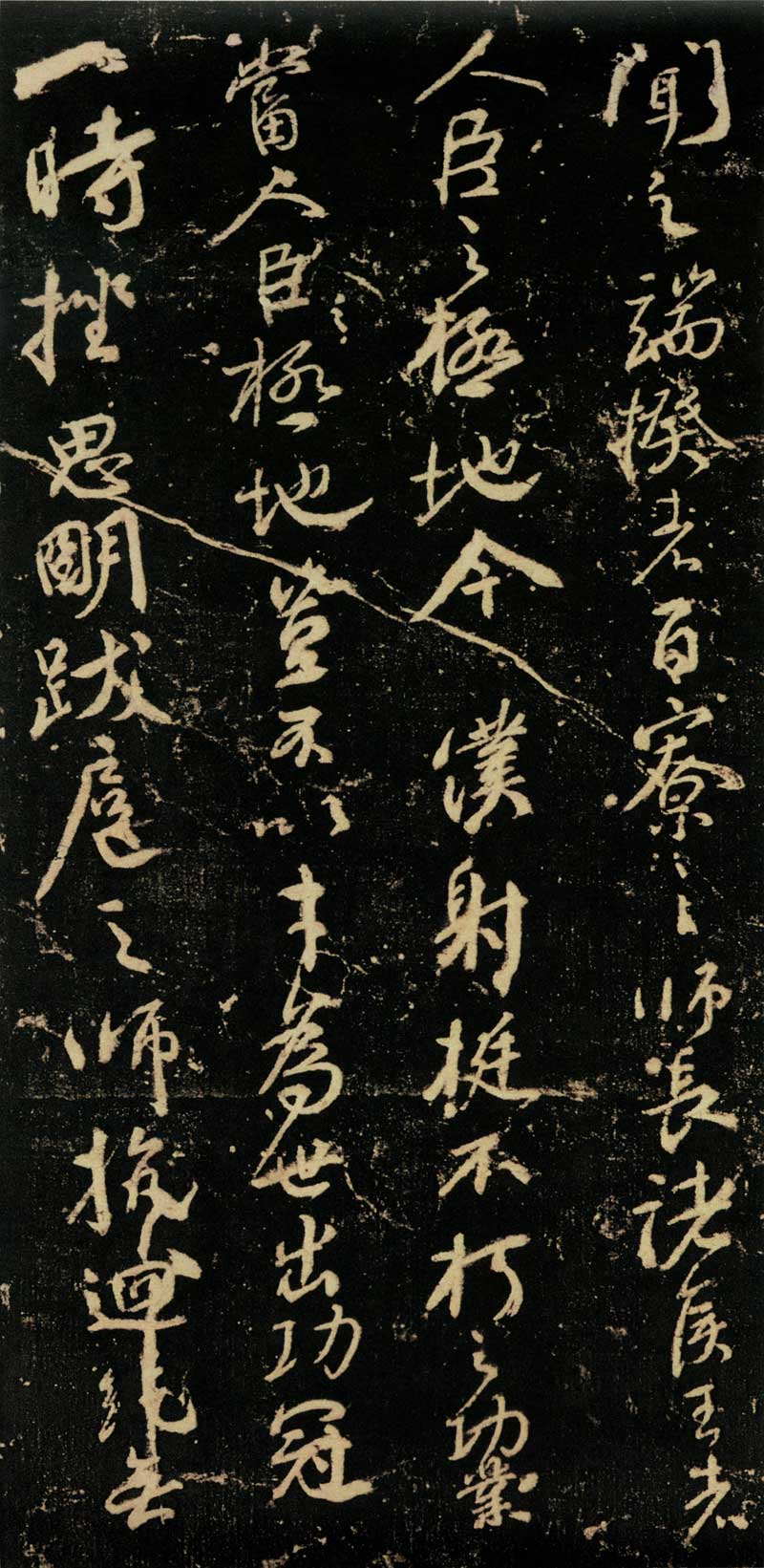
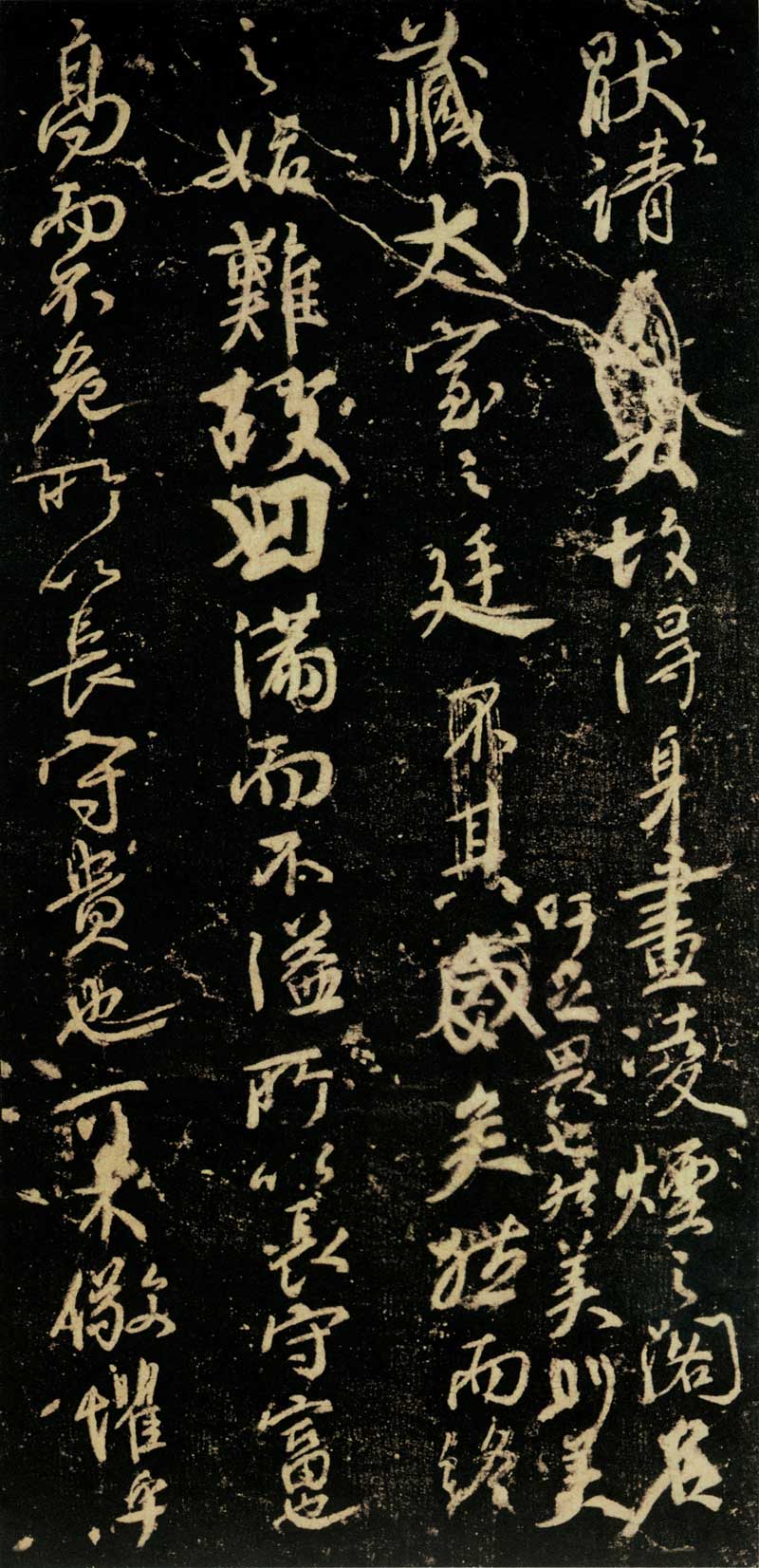
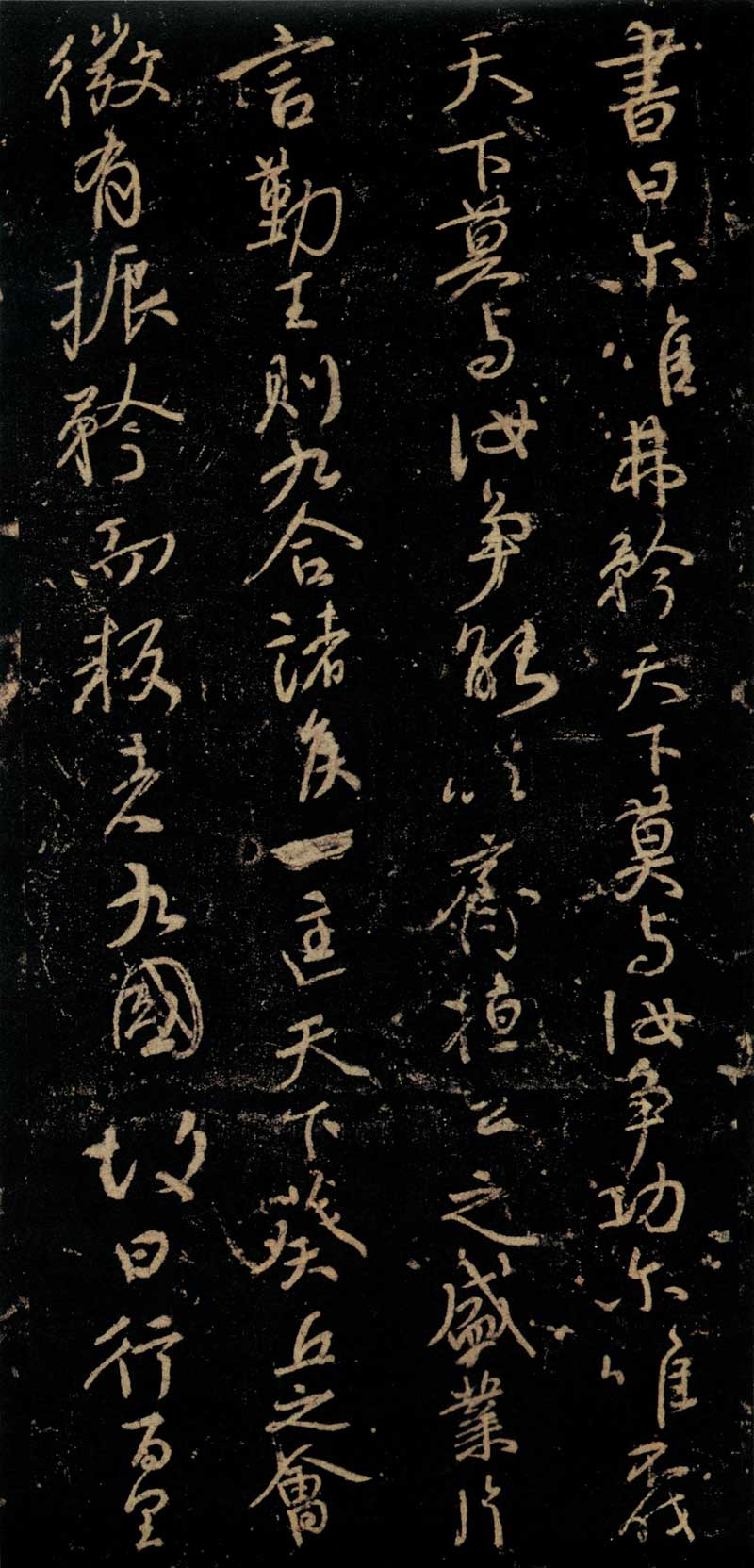
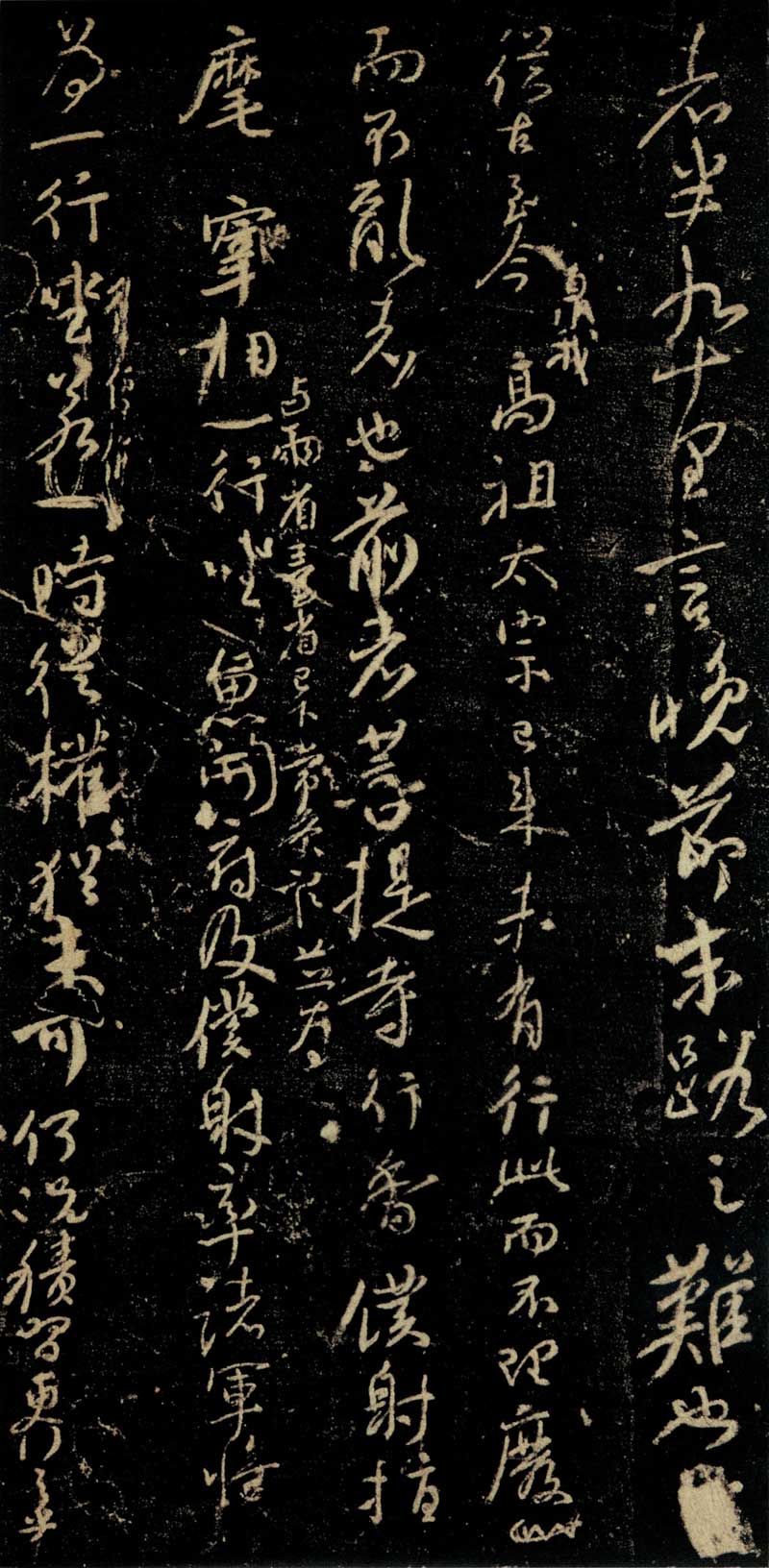
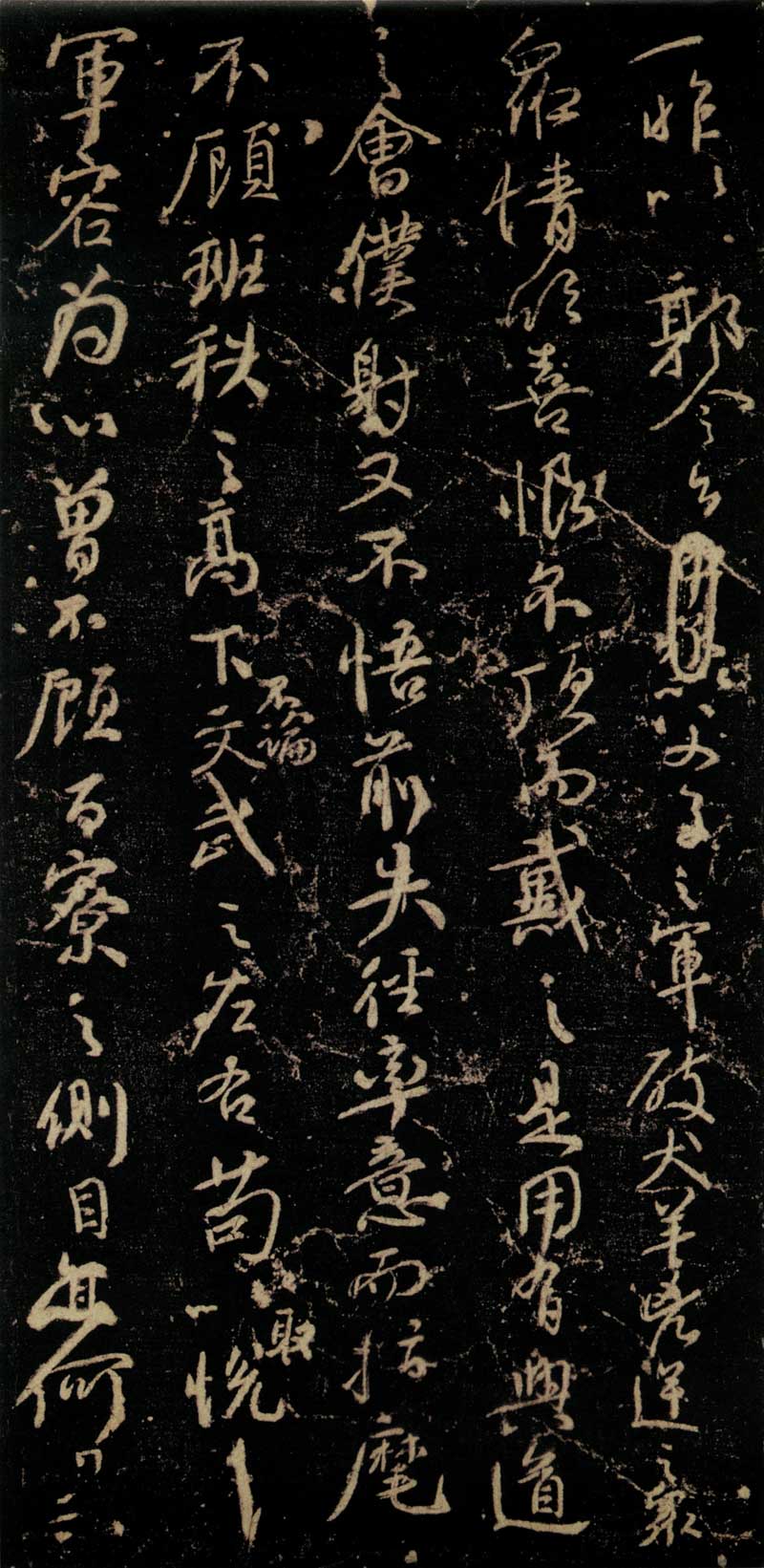
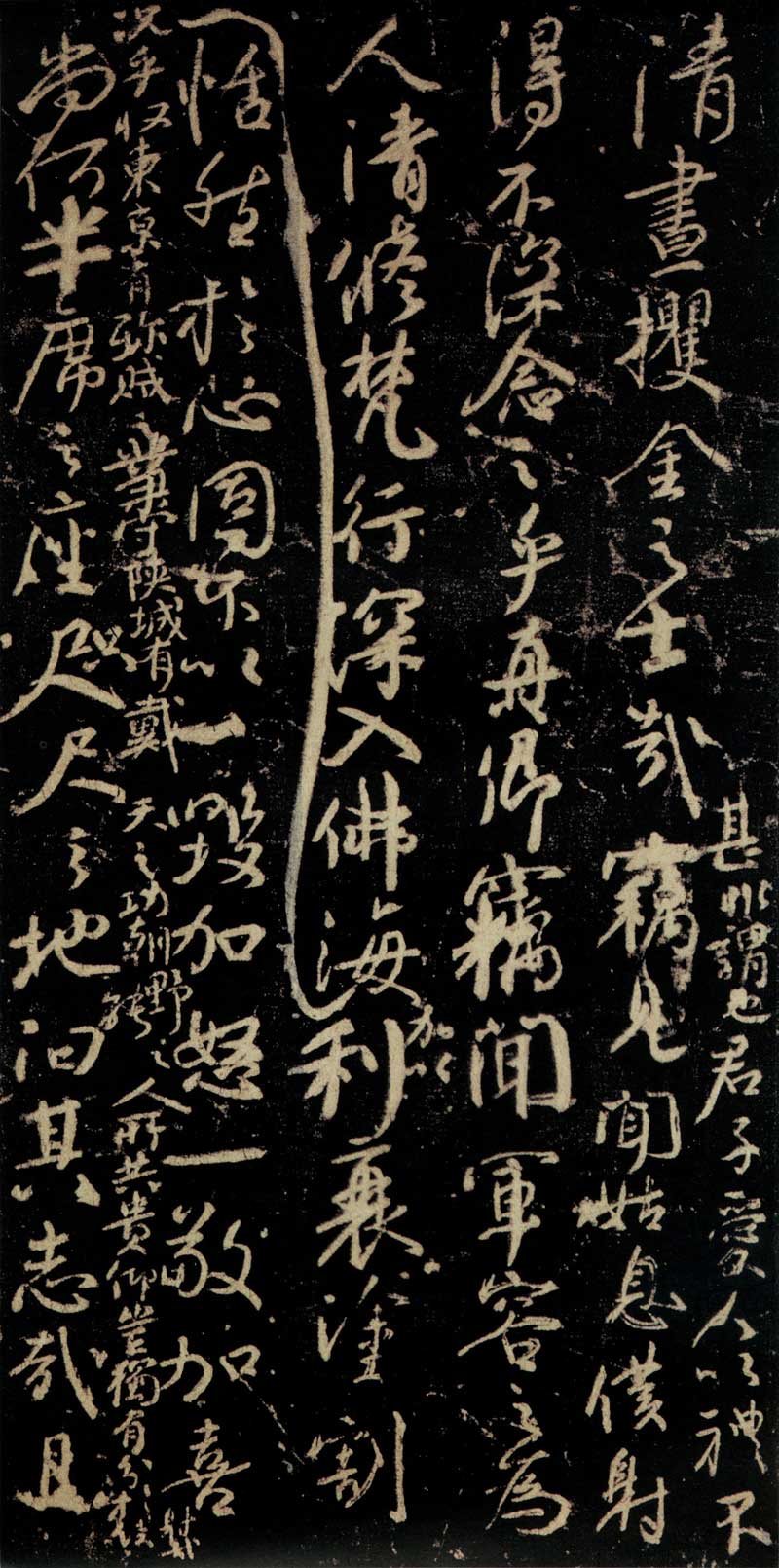
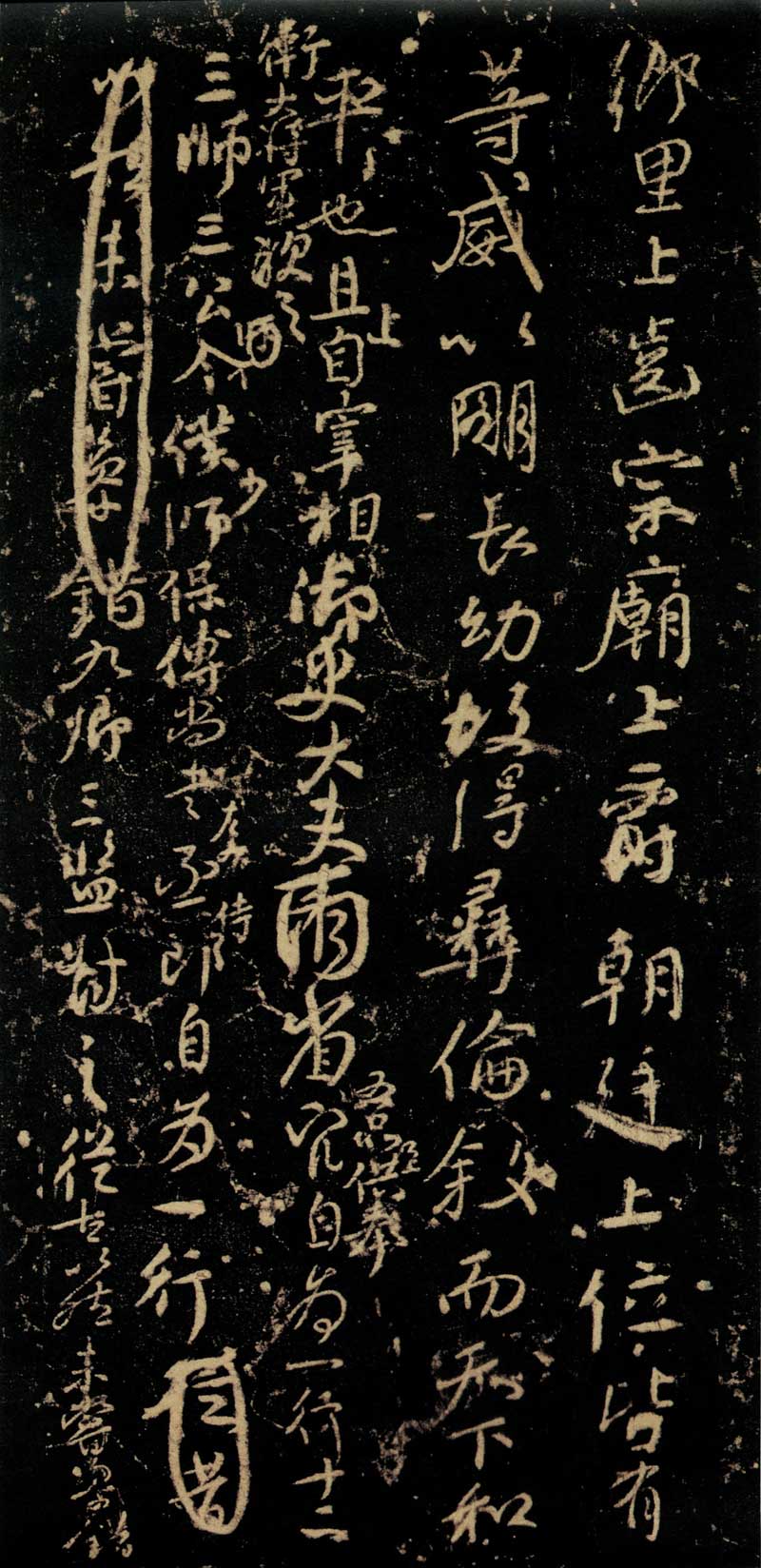
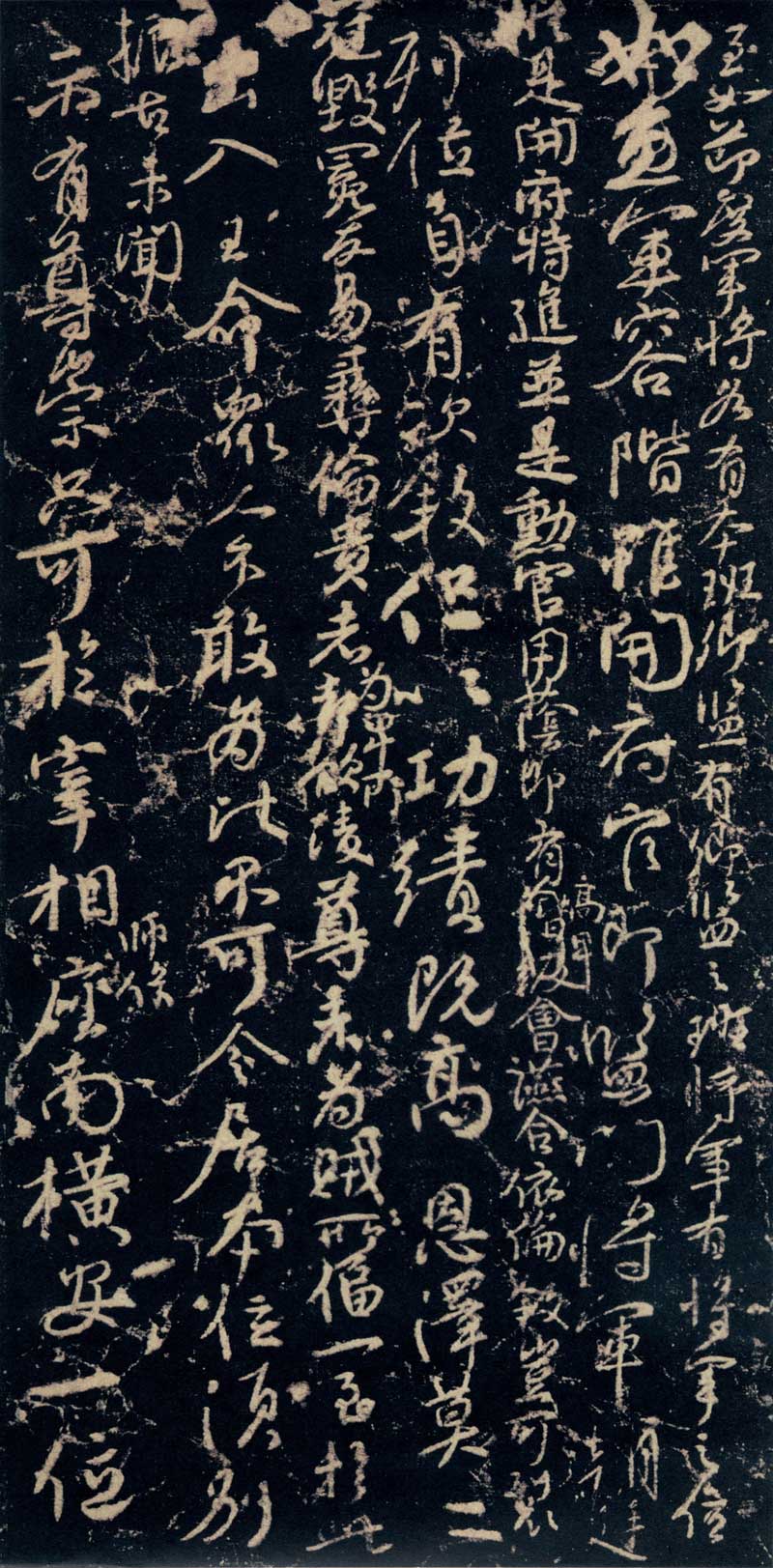
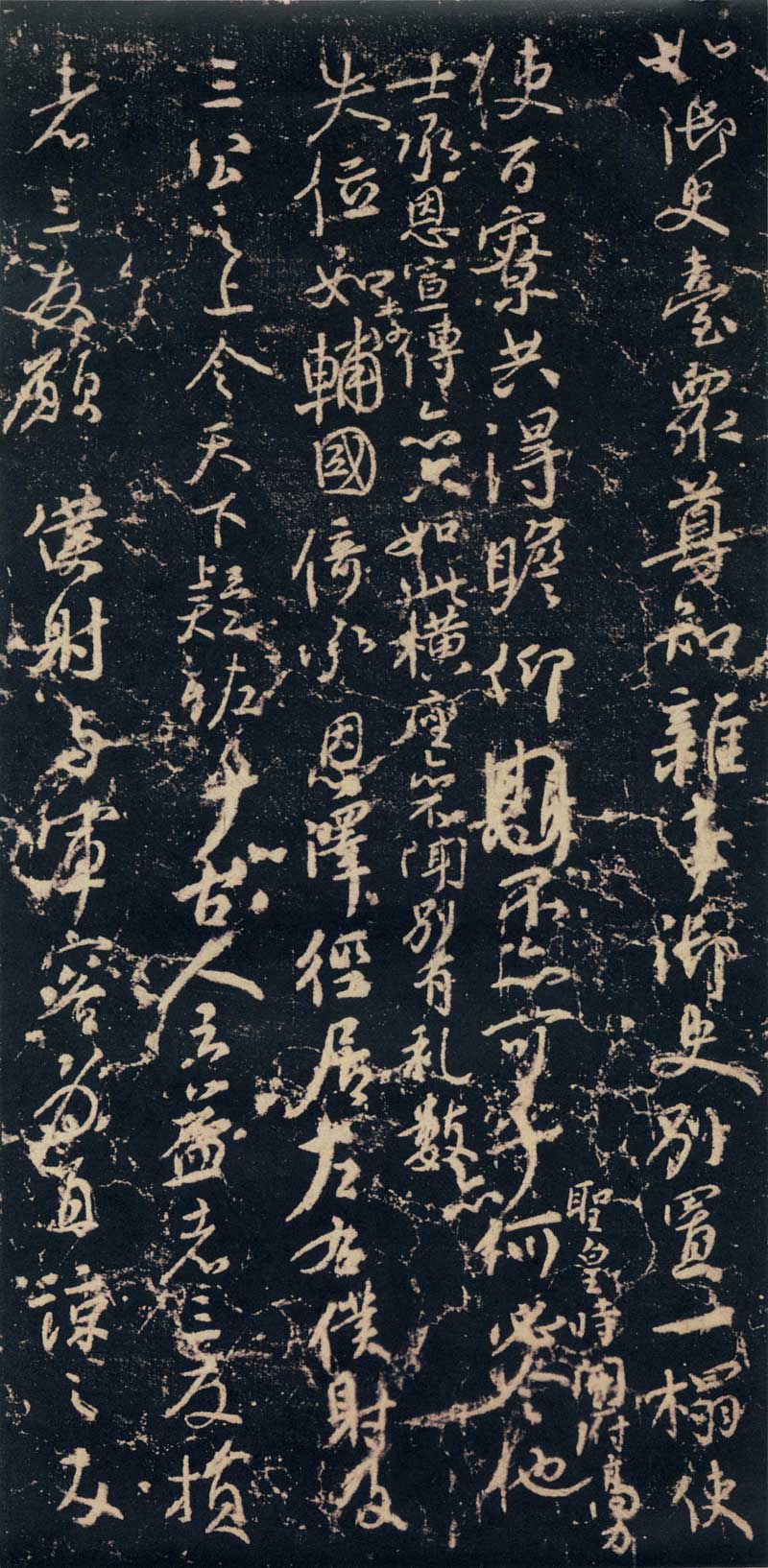
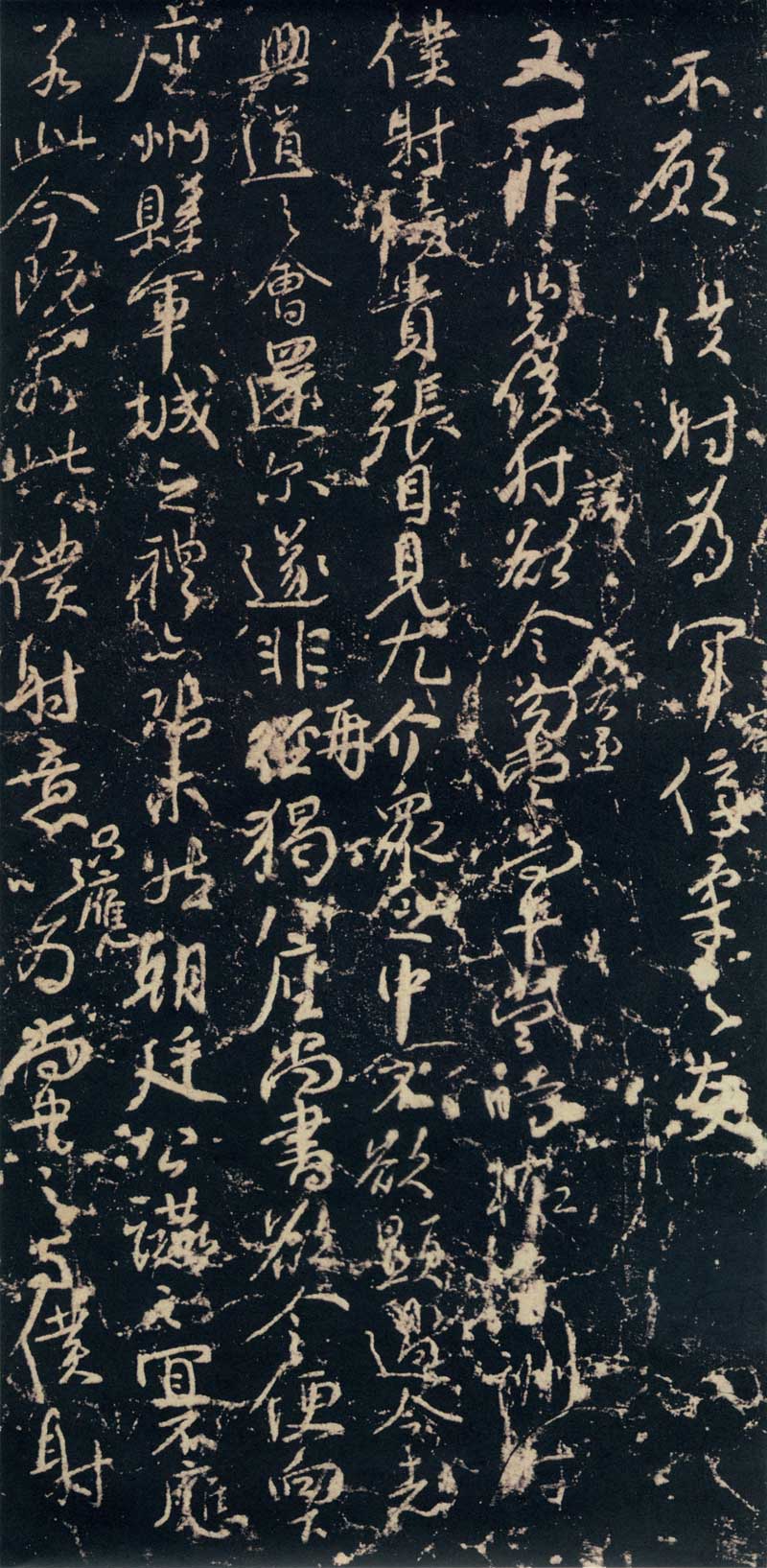
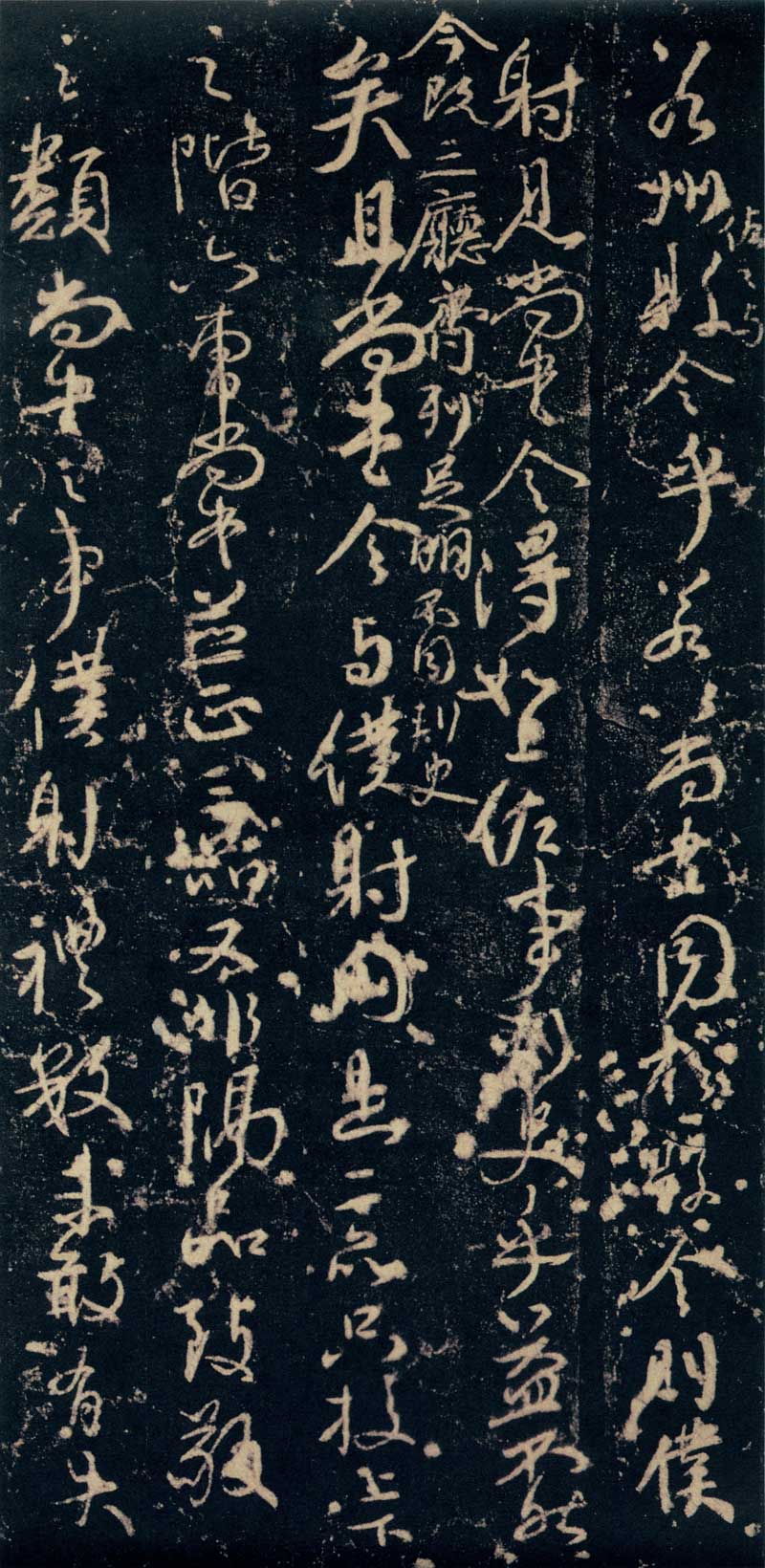
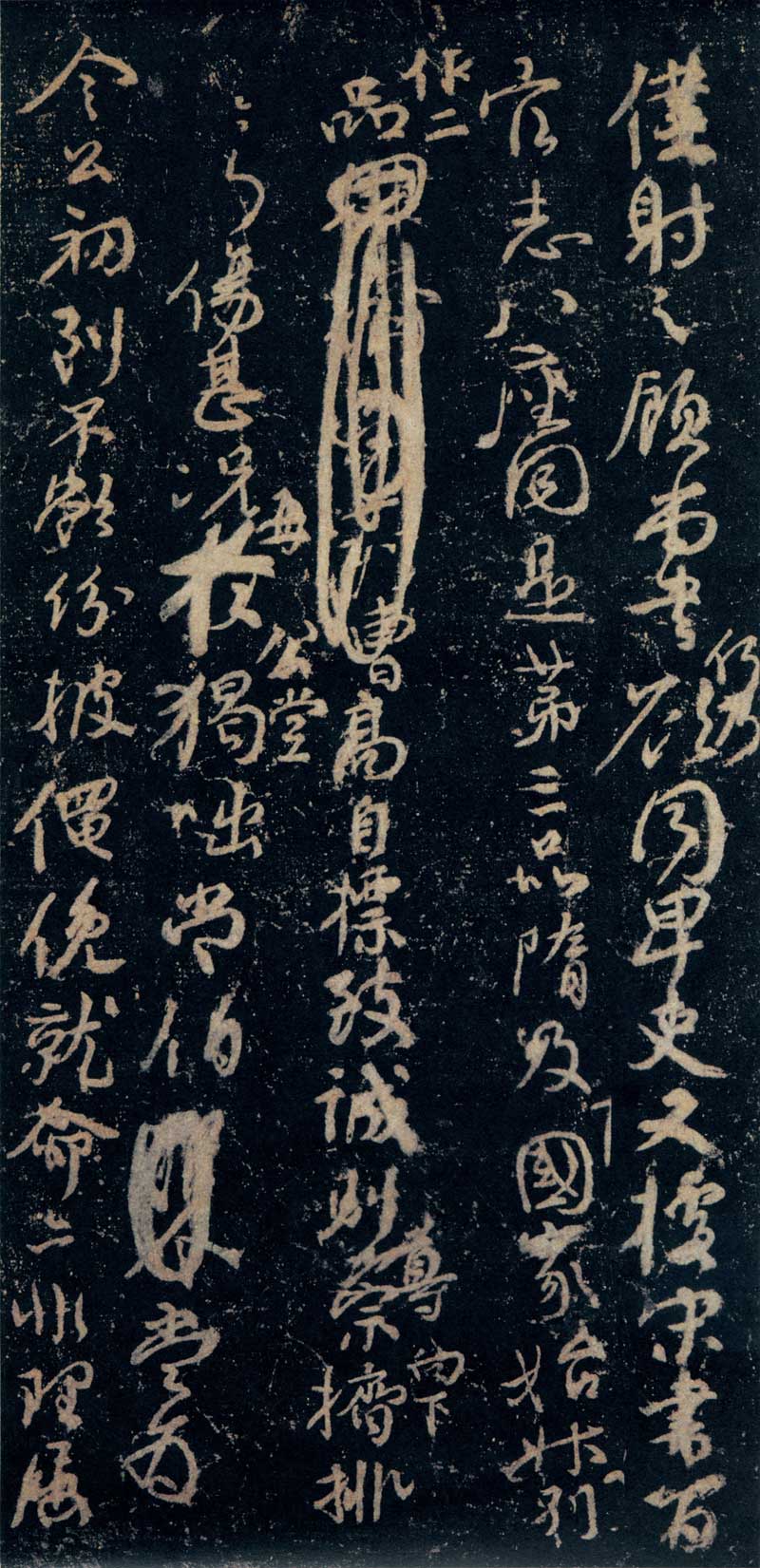
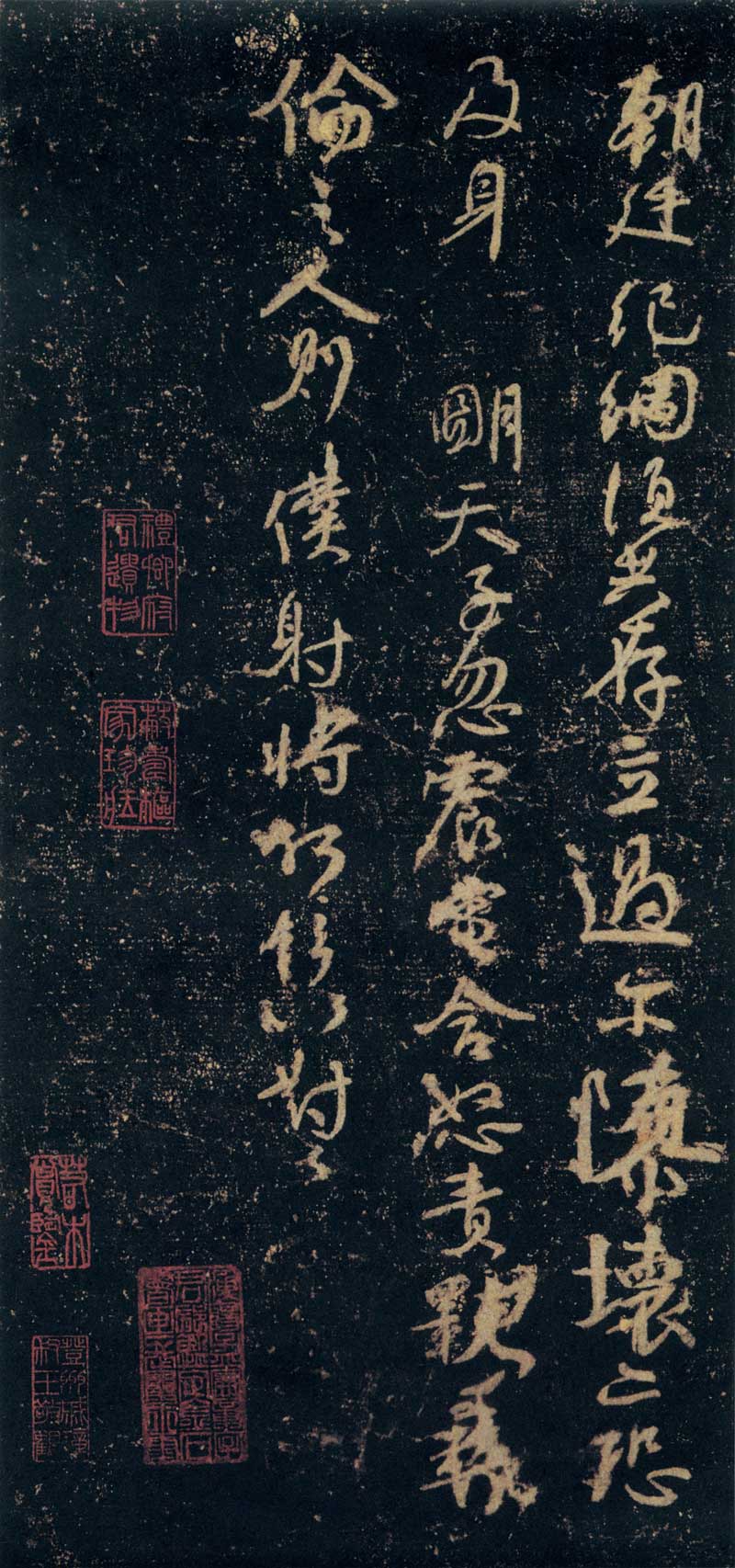
A thrilling symphony of cursive scrolls: A review of Yan Zhenqing's "Struggling for a Seat Post" (Author: Cui Xuelu) In calligraphy of the past dynasties. The cursive scroll that is closest to "Human Heart Honda" and "Book as Mind" is the first to be the cursive manuscript written by Yan Zhenqing, a giant of calligraphy in the Tang Dynasty.
This post is a manuscript of a letter written by Yan Zhenqing and Shang Shu Youbushe, and Guo Yingyi, king of Dingxiang County. There are seven pieces of paper, about 64 lines. The letter bluntly pointed out that Guo Yingyi scorned etiquette and flattered the eunuch Yu Chao'en on the two grand gatherings, so that the courtesy was higher than that of the six books, and the eunuch's seat was elevated. For this reason, Yan Zhenqing wrote this long letter by quoting the rule of the past and the Tang Dynasty to resist. It is especially worth noting that Yu Chaoen was a powerful, domineering, and arrogant figure at the time. Yan Zhenqing's reprimand hit his arrogance, so the world called this manuscript "Seat for a Seat". This manuscript is a work written by Yan Zhenqing because of his dissatisfaction with the arrogance and domineering of the power and traitor. Throughout the story, the staunch vigor is on the paper, full of vigor, vigor and open-mindedness. Character. It has been awe-inspiring to read it for more than a thousand years.
Mi Fu said in "Book History": "The Posts for Seats are the first in Yan Shu. The characters are linked together, and the strange flying moves unexpectedly." "This post is the most outstanding in Yan, I miss it." Loyal and indignant, frustrated and depressed, meaning is not in the words, and innocence lies in this book." This post is a draft, the author contemplates between the words and sentences, does not pay attention to the pen and ink, but is full of paper and full of spirit. , Has become a masterpiece in the history of calligraphy, and has been listed as the best model for cursive work. Su Shi once saw the authentic works in the Chang'an clan in the Northern Song Dynasty and said: "This is more peculiar than the public book. He writes by himself and has a dynamic attitude."
This post was originally an old relic of the Northern Song Dynasty Changan Anshi, which was carved and handed down to the world. The Hou An brothers analyzed the wealth of their homes, and the authenticity was divided into two. Later, he entered the inner palace again, and no longer saw outsiders. The inner palace was also tossed and turned, and there was no real person in the world. The original remains have been lost. On the other hand, An Shiwen carved the stone with the original Mule. The carved stone is now in the second room of Xi'an Forest of Steles. It is a square vertical inscription, 107.5×69.5 cm, divided into two books, each with 36 lines. At this moment, Shi Shi is called "Guanzhong Edition" and "Shaanxi Edition". Because of the exquisite engraving and the loss of authenticity, the good deeds used the book as the basis for the engraving. There are as many as 12 kinds of engravings. Therefore, the handed down books are the most important. Today, the Northern Song Dynasty rubbings are no longer spread, and the Southern Song Dynasty rubbings are as rare as stars and phoenixes. Among them, the Northern Song Scripts collected by the National Library, the Beijing Palace Museum Collection, and the Southern Song Rubbings collected by the Shanghai Library are more famous.
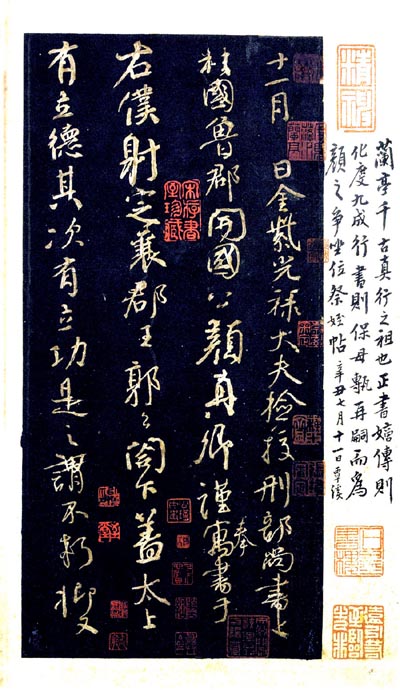
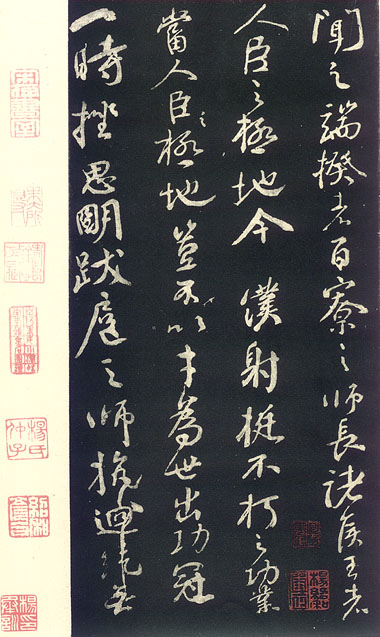
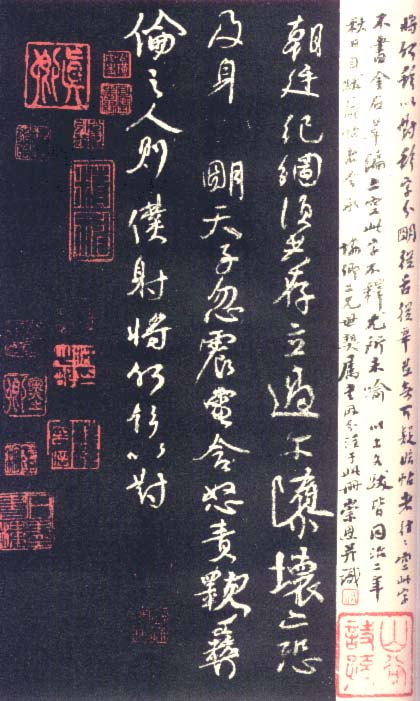
北京故宫博物院藏本(局部)
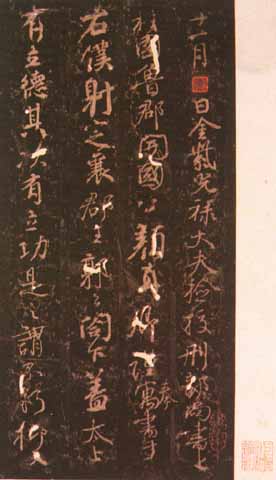
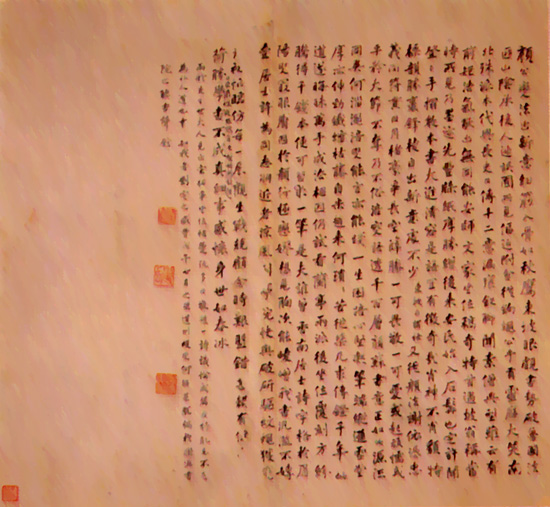
上海图书馆藏南宋拓本(局部)
Explanation:
十一月 日,金紫光禄大夫检校邢部尚书上柱国鲁郡开国公颜真卿,谨奉寓书於右仆射定襄郡王郭公阁下,盖太上有立德,其次有立功,是之谓不朽。抑又闻之,端揆者,百寮之师长。诸侯王者,人臣之极地,今仆射挺不朽之功业,当人臣极地。岂不以才为世出,功冠一时。挫思明跋扈之师,抗回纥无厌之请,故得身画淩烟之阁,名藏太宝之廷,吁足畏也。然美则美矣,然而终之始难。故曰:满而不溢,所以长守富也。高而不危,所以长守贵也。可不儆惧乎?书曰:尔唯弗矜,天下莫与汝争功。尔唯不伐,天下莫与汝争能。以齐桓公之盛业,片言勤王,则九合诸侯,一匡天下。葵丘之会,微有振矜,而叛者九国。故曰:行百里者半九十里,言晚节未路之难也。从古至今,自我高祖太宗已来,未有行此而不理,废此而不乱者也。前者菩提寺行香,仆射指麾宰相与两省三省已下常参官并为一行坐,鱼开府及仆射率诸军将为一行坐,若一时从权,亦犹未可。何况积习更行之乎?一昨以郭令公父子之军,破犬羊凶逆之众,众情欣喜,恨不顶而戴之。是用有兴道之会,仆射又不悟前失。径率意而指麾,不顾班秩之高下,不论文武之左右,苟以取悦军容为心。曾不顾百寮之侧目,亦何异清画攫金之士哉?甚非谓也。君子爱人以礼,不窃见闻姑息。仆射得不深念之乎?真卿偶闻军容之为人,清修梵行,深入佛海,况乎收东京有殄城之业,守陕城有戴天之功,朝野之人,所共景仰,岂独有分於仆射哉。加以利衰涂割,恬然於心。固不以一毁加怒,一敬加喜。尚何半席之座咫尺之地能泊其志哉。且卿裏上齿,宗庙上爵,朝廷上位,皆有等威,以明长幼。故得彝伦叙而天下和平也。且上自宰相御史大夫两省五品以上供奉官自为一行,十二卫大将军次之。三师三公令仆射少师保傅尚书左右侍郎自为一行,九乡三监对之,从古以然,未尝参错,至如节度军将,各有本班卿监之班。将军有将军位,纵是开府特进,并是勋官,用荫即有高卑,会燕合依伦叙,岂可裂冠毁冕,反易彜伦,贵者为卑所凌,尊者为贱所逼,一至於此,振古未闻。如鱼军容阶虽开府,官即监门将军,朝廷列位,自有次叙,但以功绩既高,恩泽莫二,出入王命,众人不敢为此,不可令居本位,须别示有尊崇,只可于宰相师保座南,横安一位,如御史台众尊知难事御史,别置一榻,使百寮共得瞻仰,不亦可乎?圣皇时,开府高力士承恩傅宣,亦只如此横座,亦不闻别有礼数。亦何必令他失位,如李辅国倚承恩泽,径居左右仆射及三公之上。令天下疑怪乎?古人云:益者三友,损者三友,愿仆射与军容为直谅之友,不愿仆射为军容佞柔之友。又一昨裴仆射误欲令左右承勾尝尚书,尝时辄有训对。仆射恃贵,张目见尤,介众之中,不欲显过。今者与道之会,还尔遂非,再谒八座尚书,欲令便向下座。州县军城之礼,亦恐未然。朝廷公宴之宜,不应若此。今既若此,仆射意只应以为尚书之与仆射。若州佐之与县令乎?若以尚书同于县令,则仆射见尚书令,得如上佐事刺史乎?益不然矣。今既三厅齐列,足明不同刺史且尚书令与仆射,同是二品,只校上下之阶,六朝尚书并正三品,又非隔品致敬之类。尚书之事仆射礼数未敢有失。仆射之顾尚书,何乃欲同卑吏?又据宋书有百官志,八座同是第三品,隋及国家始升,别作二品。高自标致,诚则尊崇,向下挤排,无乃伤甚况再於公堂,猲咄常伯,当为令公初到,不欲纷披,黾勉就命,亦非理屈。朝廷纪纲,须共存立,遇尔隳坏,亦恐及身。明天子忽震电含怒,责毂彜伦之人,则仆射其将何辞以对。








